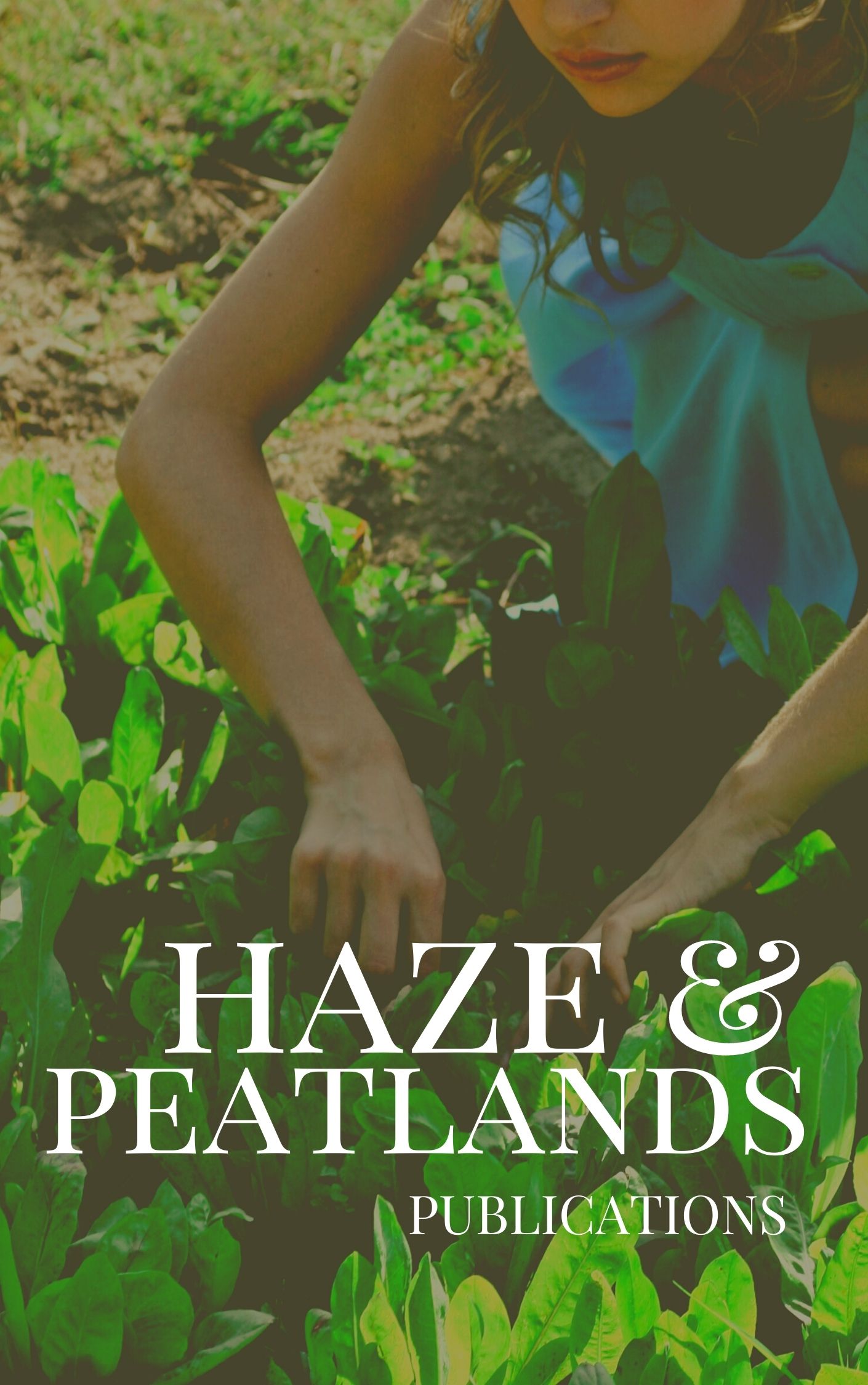Shifting cultivation continues as the economic mainstay of upland communities in many countries in Southeast Asia. However, the conditions that historically underpinned the sustainability of rotations with long fallows have largely vanished. The imperative to evolve more permanent forms of land use has been exacerbated by rapid population growth, gazettement of remnant wildlands into protected areas, and state policies to sedentarize agriculture and discourage the use of fallows and fire. There are many compelling examples where shifting cultivators have successfully managed local resources to solve local problems. Technical approaches to stabilizing and improving productivity of shifting cultivation systems have not been notably successful. Farmer rejection of researcher-driven solutions has led to greater recognition of farmer constraints. This experience underlined the need for participatory, on-farm research approaches to identify solutions. The challenge is to document and evaluate indigenous strategies for intensification of shifting cultivation through a process of research and development. This process involves identification of promising indigenous practices, characterization of the practices, validation of the utility of the practice for other communities, extrapolation to other locations, verification with key farmers, and wide-scale extension.

